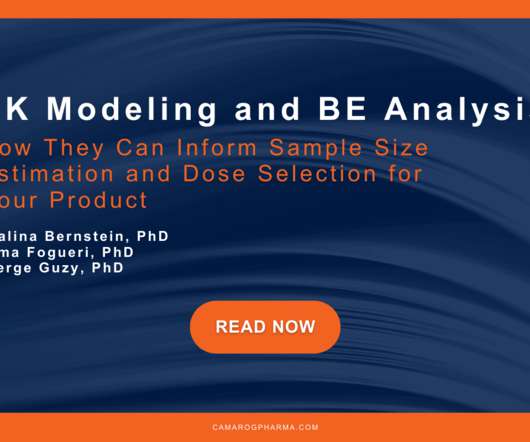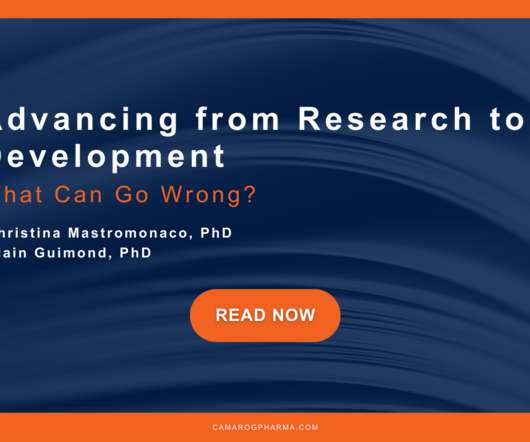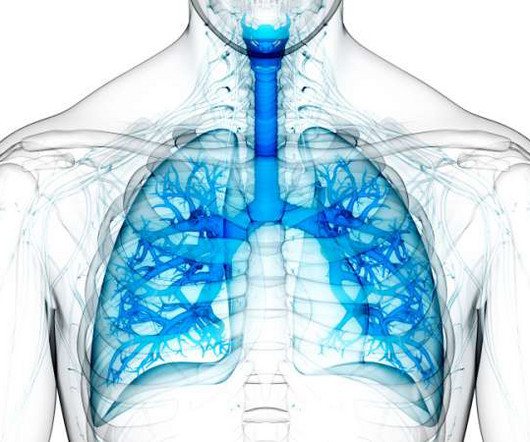How PK Modeling Can Inform Sample Size Estimation and Dose Selection for Your Product
Camargo
FEBRUARY 10, 2021
Drug development is an extremely cumbersome process, requiring the testing of an agent from in vitro studies to in vivo studies to in silico modeling. This blog post will discuss how PK modeling can contribute to sample size estimation, a key aspect of a clinical trial protocol. Approaches to Pharmacokinetic Analysis.
















Let's personalize your content